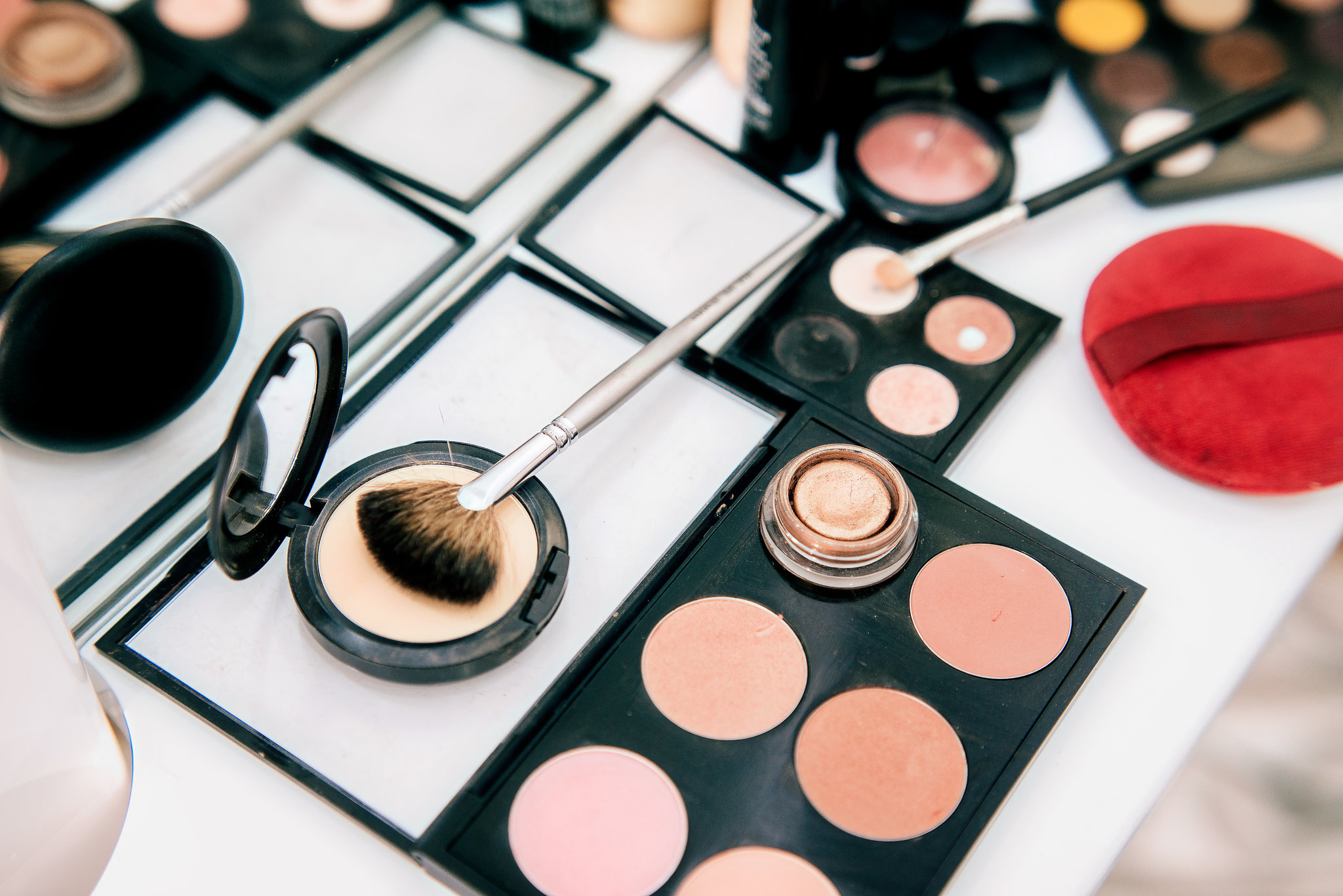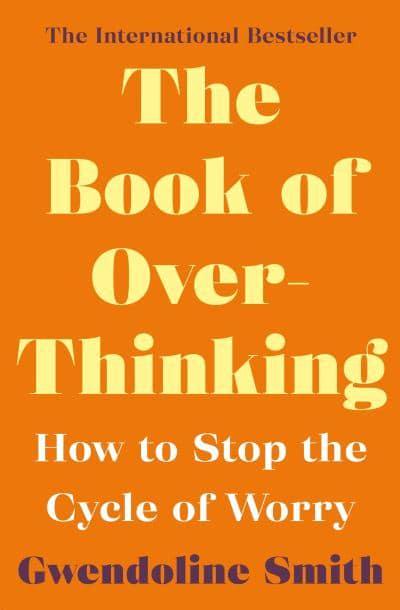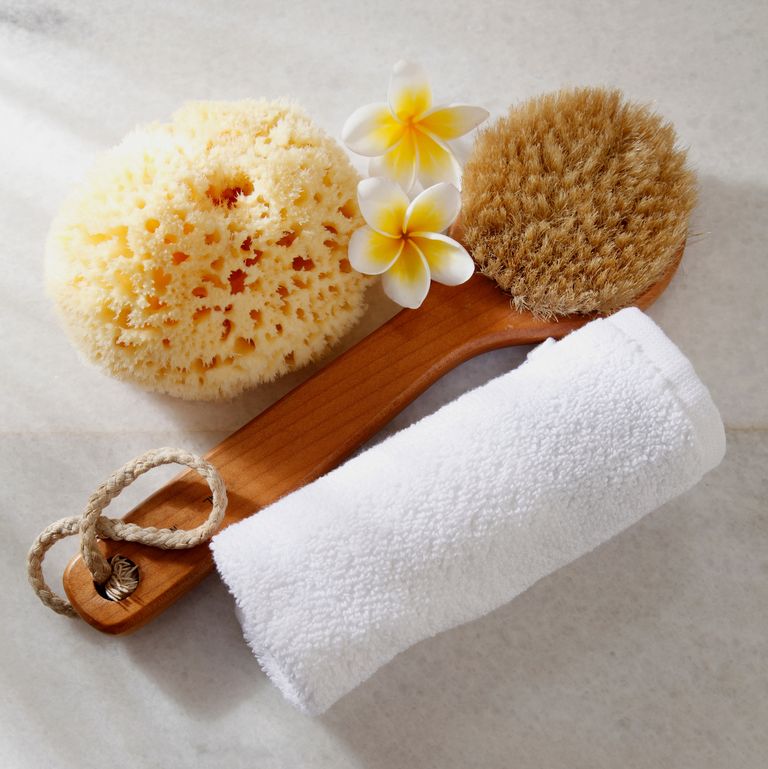If you have a solid skincare routine packed with spot treatments and anti-acne hard-hitters, but still manage to get a cystic zit every time you apply makeup, your culprit could actually be the tools you’re using. When you’re using a grimy, bacteria-laced sponge or brush on your skin, you could be push-pressing that into your face every time you use it.
The same goes for your hair. Oil or product on the blade of your straightener or in the bristles of your hairbrush may leave your hair looking weighed-down and greasy rather than voluminous and squeaky clean. Now that you have the time to really go in and deep cleanse your beauty tools, we asked the people that do this best—celebrity makeup artists and hairstylists.
How to clean your heat tools and hair brushes
Products like heat-protectors and serums build up on flat irons and curlers and affect their performance. Before you even think about cleaning your hot tool, first make sure it’s turned off, unplugged, and completely cooled down. Then, use warm water and gentle soap to get all the build-up off. Alcohol-based wipes can help ensure that the plates or the rod are totally cleansed—think of it as double cleansing for your hair tools.
Hairbrushes and combs have leftover entangled hair, and product buildup too. If there are too many entangled hair strands on your brush, you can first cut them off with scissors. “Take a big dish of water and add a few drops of disinfecting hand wash and soak the brushes for some time. Take a toothbrush and deep clean the bristles to remove extra hairspray, conditioners and dirt,” says celebrity hair and makeup artist Arti Nayar. If you use a tool to brush through oily strands or a thick serum, a shampoo’s surfactants could really break it all down and allow you to rinse all the gunk off.
Your blow dryer might not seem like it needs a deep-clean, but it definitely does. The dust that accumulates in the blow dryer’s fan can cause the tool to overheat. To clean out the built-up dust, use a pair of tweezers to pull out as much s you can, and then wipe along the grid with a damp washcloth.
How to clean your makeup brushes and blenders
“I deep clean my brushes once a week or two, depending on how busy the week is. For base brushes like the ones for cream products, concealers and foundations, I clean them regularly. I also clean my brushes between different clients, especially foundation brushes; I clean them after every client. For daily use, I use a disinfecting brush cleaning spray for instant cleaning,” says Nayar.
Pros say that it is best to skip creamy soaps, harsh chemicals or hot water to cleanse the brushes, because they won’t help with product buildup, and will only affect the quality of the bristles. “Do not blow-dry them, as the heat can cause the bristles to shed faster,” says celebrity makeup artist Adrian Jacobs. For regular instant cleaning for his brushes, Jacobs uses brush cleansing sprays on the brush itself. He suggests gently moistening the bristles while holding them upside down. “Soak and swirl your brushes in a mix of water and baby shampoo. Gently massage the bristles in the water to remove pigments and product. You can use a brush cleaning mat or glove which has different textures to gently rub and clean the brushes. You can also just lightly swirl your brushes on your palm with this solution and rinse it till the water runs clear, gently squeeze the water out and leave it to dry flat on a towel for an hour,” says Jacobs.
Follow the same process for your eye make up brushes. “Liner brushes are very delicate and should be cleaned after every use, especially if you use gel liners which dry out and become difficult to clean. I use the PAC brush cleanser spray to clean and disinfect them immediately,” confirms Nayar.
The key to cleaning a makeup sponge? Using enough friction that you really clean it—but not so much that you tear or break it. Wet the sponge and squirt a shampoo or dish soap onto it, and lather up. If you’ve used glitter-based makeup, you might want to leave your blender in a bubble bath to let the product break up.
Source: Vogue






Leave A Comment
You must be logged in to post a comment.